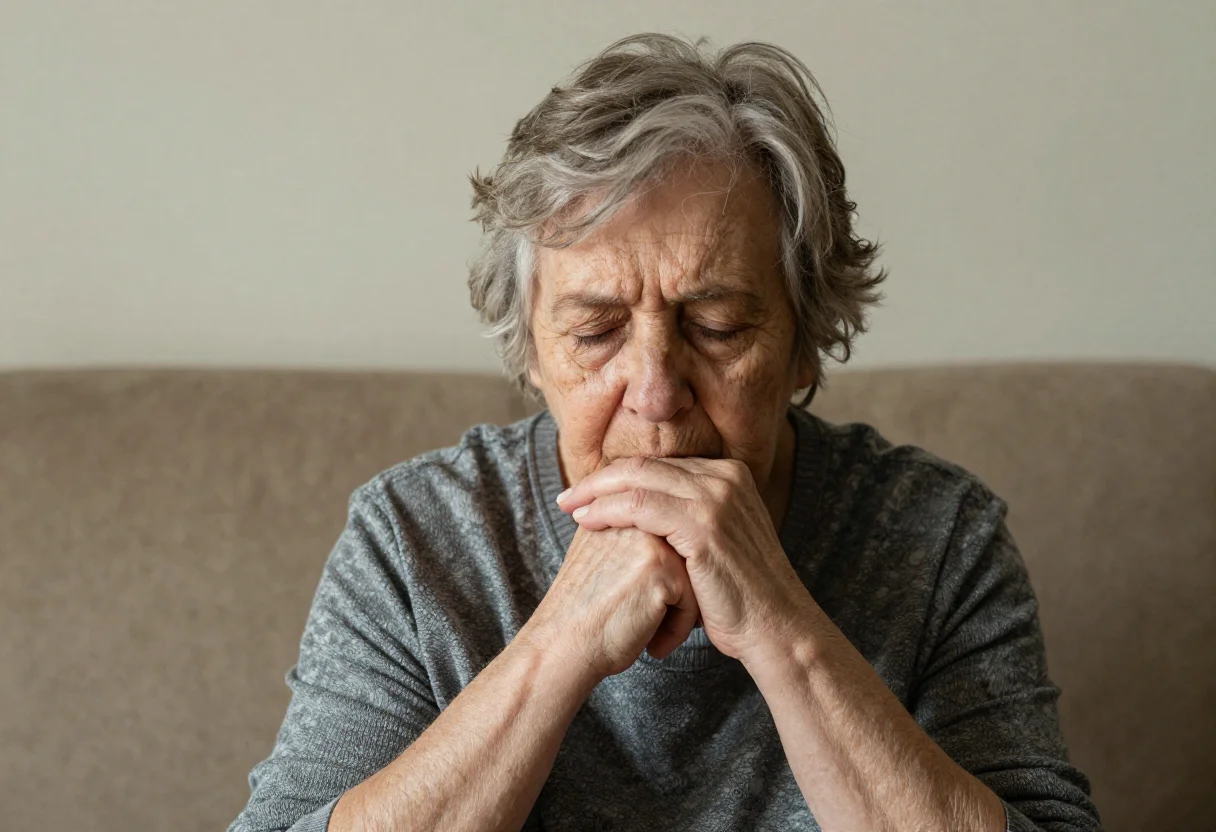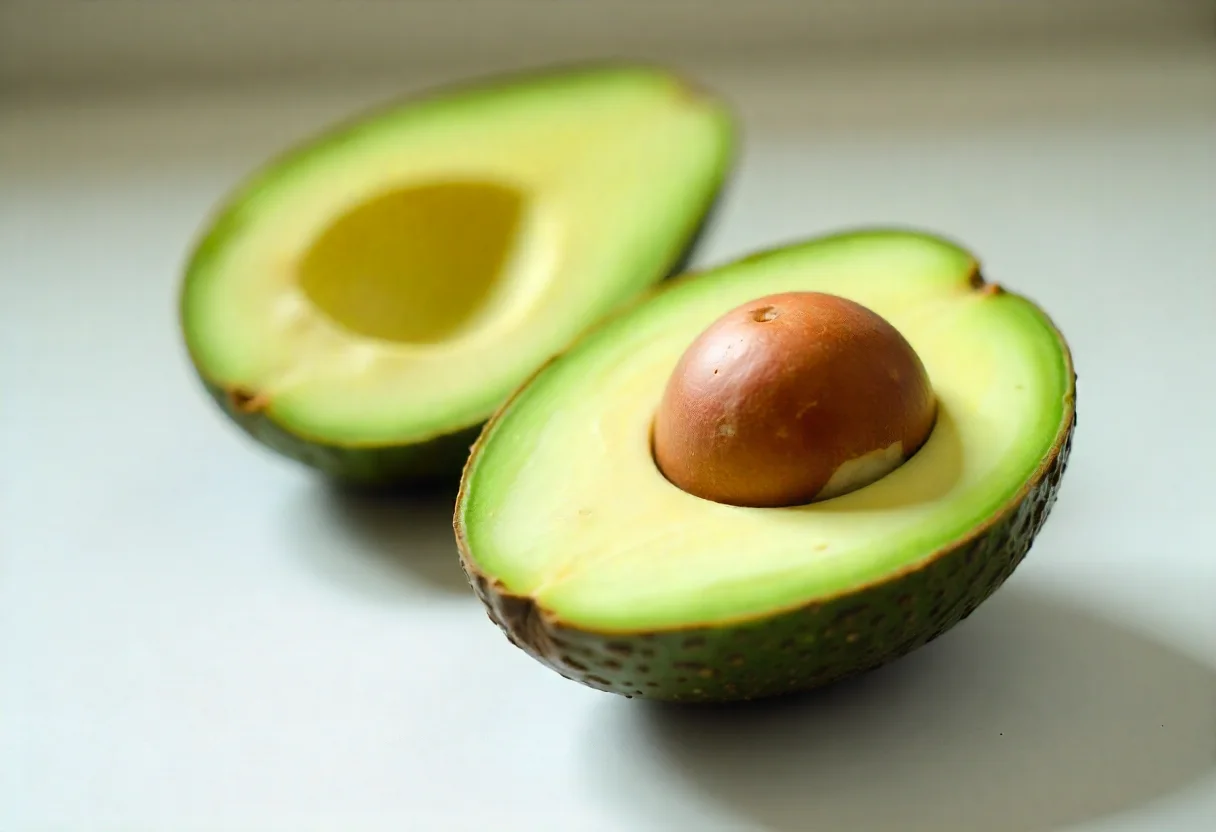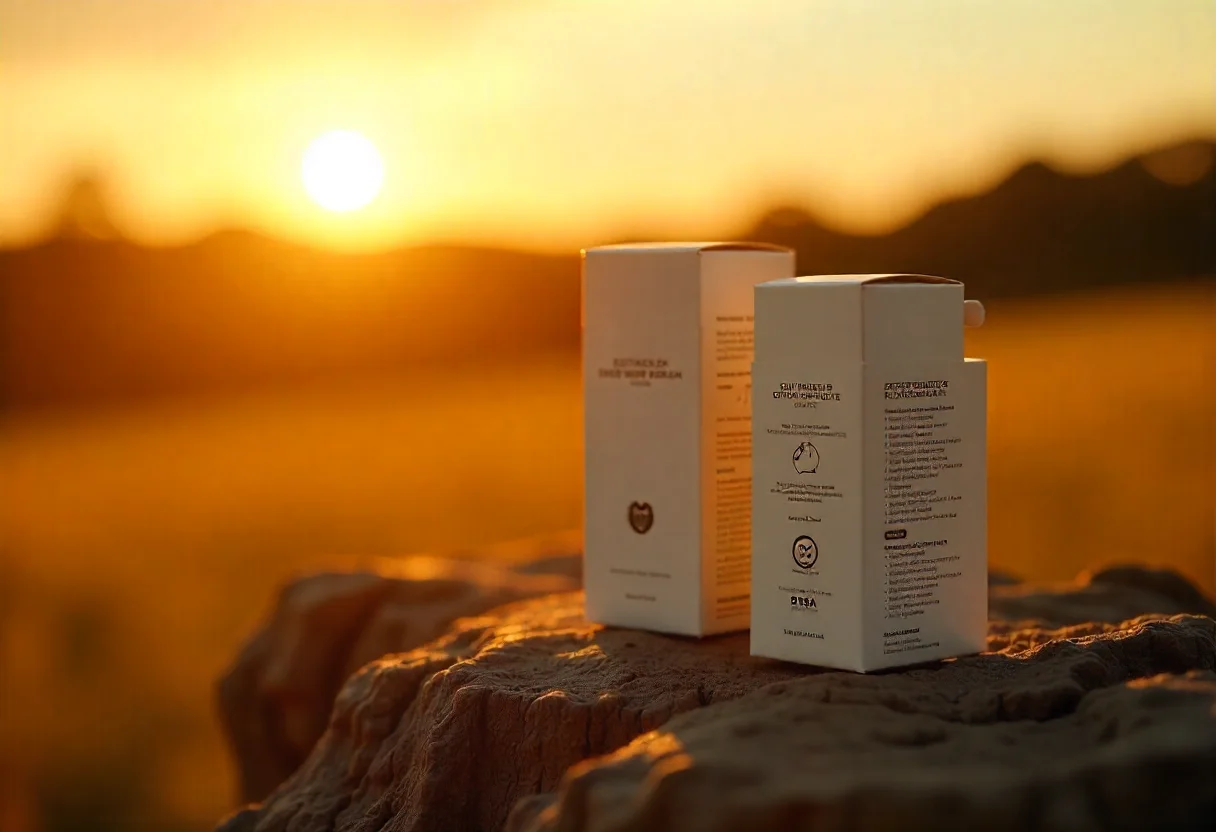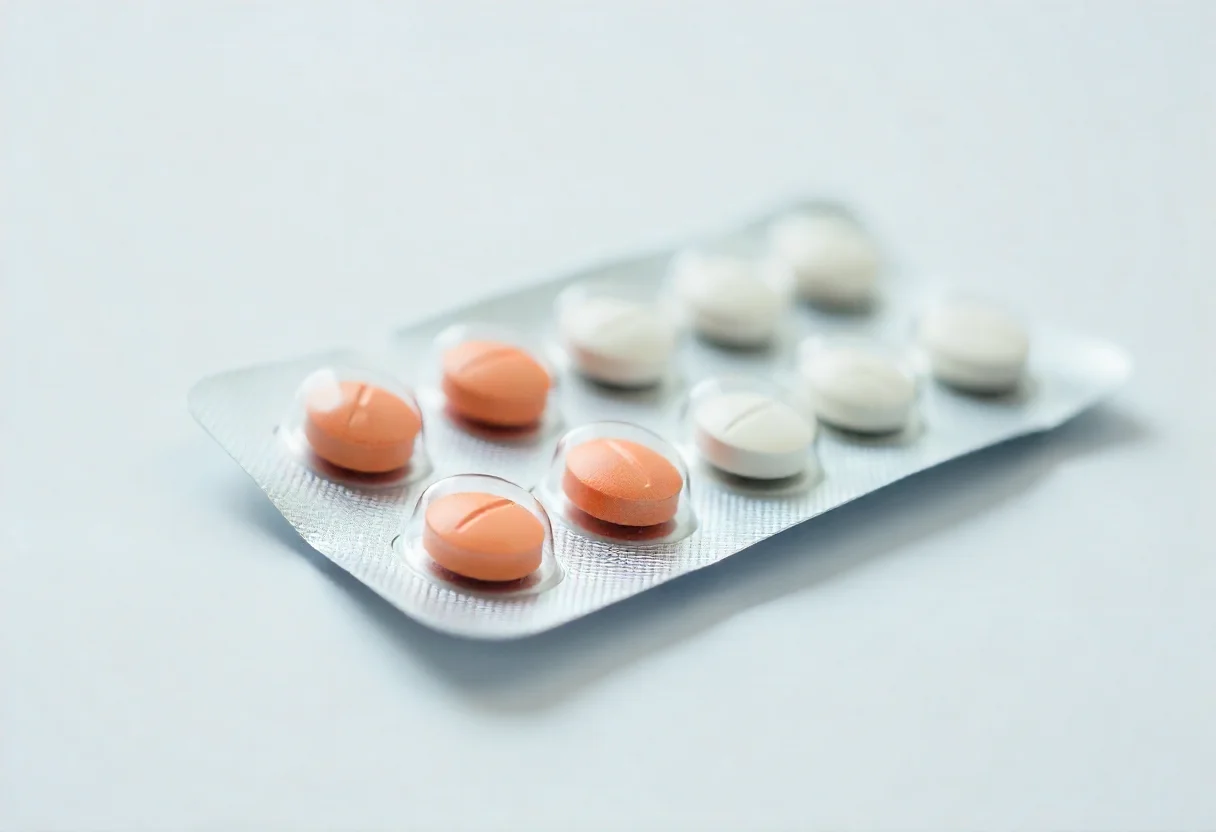
In addition to Rhodiola rosea, more than 200 different Rhodiola species have been identified, and at least 20 of them are used in traditional medical systems in Asia. These include R. alterna, R. brevipetiolata, R. crenulata, R. kirilowii, R. quadrifida, R. sachalinensis, and R. sacra. The current taxonomic status (classification) of the Rhodiola genus has become quite complex. Before World War II, some taxonomists classified different species of Rhodiola as an independent genus within the Sedoidae subfamily. Later, Rhodiola was reclassified as a subgenus of the larger Sedum genus, containing around 10 species. In 1963, Hegi identified over 50 Rhodiola species and re-established them as a separate genus. Due to morphological similarities, they form a distinct Rhodiola group. Experts still have differing opinions regarding which new species should or should not be included in the Rhodiola genus.
Rhodiola rosea (“golden root” or “Arctic root”) is widely distributed at high altitudes in the Arctic and mountainous regions of Europe and Asia. While the Rhodiola genus may have originated from the mountainous areas of Southwest China and the Himalayas, botanists have found that various species of Rhodiola show a natural circumpolar distribution in mountainous regions at higher latitudes and elevations in the Northern Hemisphere.
In Central and Northern Asia, the genus is spread from the Altai Mountains in Mongolia to many parts of Siberia. According to Hegi, its distribution in Europe extends from Iceland and the British Isles to Scandinavia, including the Alps, the Carpathians, and other mountainous Balkan regions. Various Rhodiola species have also been identified in the northern mountains of Alaska, Canada, and the continental United States. The global botanical literature database includes numerous citations identifying Rhodiola species in various northern latitudes, including R. rosea.
It is a popular herb in Eastern Europe and Asia traditional medical systems. It is known for stimulating the nervous system, reducing depression, enhancing work performance, relieving fatigue, and preventing high-altitude sickness. The Greek physician Dioscorides first recorded the medical use of Rodia riza in 77 AD in his work De Materia Medica. Linnaeus later renamed it Rhodiola rosea due to the rose-like scent of freshly cut roots.
R. rosea has been used in the traditional medicine of Russia, Scandinavia, and other countries for centuries. Due to its observed ability to increase resistance to various chemical, biological, and physical stressors, Russian researchers categorized Rhodiola rosea as an adaptogen. The term “adaptogen” originates from 1947 and is attributed to the Russian scientist Lazarev, who defined an adaptogen as an agent that helps an organism resist harmful physical, chemical, or biological stressors. His definition includes that an adaptogenic agent enables the organism to pre-adapt to respond appropriately when faced with multiple demands. Despite its popularity in Eastern Europe and Asia, the properties of Rhodiola are largely unknown in the West, possibly because most of the research has been published in Slavic and Scandinavian languages.
Rhodiola rosea is moderately effective in protecting cardiovascular tissue against stress-induced damage and dysfunction. It has significant pharmacological effects in the treatment of cardiovascular diseases. Rhodiola rosea has been applied in clinical practice as a natural remedy with very low toxicity and minimal side effects.
The autonomic nervous system controls the body’s automatic or involuntary functions. It has two components: the sympathetic and parasympathetic nerves. The sympathetic nervous system helps the body respond to stress—the so-called “fight or flight” system—by increasing heart rate, respiratory rate, and muscle tone. The parasympathetic nervous system conserves and restores energy by slowing the heart rate, breathing, and metabolism.
R. rosea enhances the functions of both sympathetic and parasympathetic systems, enabling the organism to expend more energy under stress while preserving greater energy reserves. Rhodiola rosea and its active compounds may protect against myocardial ischemia, hypoxia, lipid disorders, thrombosis, and vascular dysfunction. It can be used to treat common cardiovascular conditions such as coronary heart disease, hypertension, angina pectoris, myocardial infarction, heart failure, and arrhythmia.
R. rosea amigdala, hipokampüs, hipotalamus ve orta beyindeki ruh hali, kaygı ve duygunun düzenlenmesinde rol oynayan sinir yollarındaki nörotransmitter seviyelerini etkileyerek duygusal tonu etkileyebilir. R. rosea nöronal sistemlerini uyararak bilişsel işlevleri, öğrenmeyi ve hafızayı geliştirmenin yanı sıra fiziksel ve duygusal strese karşı direnci artırarak hafıza ve biliş üzerinde olumlu etkiler gösterebilir. Bu nedenle, bilişsel uyarım ve duygusal sakinleşmenin ikili etkisi hem anlık bilişsel ve hafıza performansı hem de beyin işlevlerinin uzun vadeli korunması için faydalar yaratır. Bir antioksidan olarak R. rosea sinir sistemini serbest radikallerin oksidatif hasarından korumaya yardımcı olabilir. R. rosea depresif sendromlu hastalara, zihinsel ve fiziksel yorgunluğa (psikiyatrik ve tıbbi rahatsızlıklara ikincil), hafıza kaybına ve çeşitli nedenlerden kaynaklanan bilişsel işlev bozukluğuna, cinsel işlev bozukluğuna ve menopozla ilişkili bozukluklara yardımcı olur.
Encouraging results have been found regarding the use of R. rosea herbal preparations for the treatment of mild to moderate depression and generalized anxiety. In a study that examined the effects of Rhodiola extract on anxiety, stress, cognition, and other mood-related symptoms, the experimental group showed significant reductions in self-reported anxiety, stress, anger, confusion, and depression within 14 days, along with notable improvement in overall mood.
As mentioned earlier, R. rosea has been used in traditional medicine to alleviate symptoms of everyday stress factors, including anxiety, stress, fatigue, and depression. By modulating the physiological stress response, R. rosea may exert a regulatory effect on mood and anxiety.
R. rosea has a long history of enhancing physical work capacity and endurance due to physical stress. Professional athletes have used R. rosea effectively for decades as a safe, non-steroidal dietary supplement to boost endurance and aid in muscle recovery. Numerous scientific studies, involving non-athletes subjected to maximal physical effort and professional athletes, have demonstrated that R. rosea increases physical work capacity and significantly reduces recovery time between high-intensity exercises.
The application of Rhodiola rosea shows potential as an anticancer agent and may be beneficial when used alongside specific pharmaceutical antitumor agents. Experiments exploring its anticancer activity—such as cytotoxicity and cell growth inhibition—have shown that Rhodiola exhibits beneficial effects against cancer. Another experiment revealed that phenolic compounds in Rhodiola extract possess excellent antioxidant and antiproliferative properties, indicating its potential as an effective supplement in cancer prevention.
The toxicity level of Rhodiola rosea is very low. Given that the general clinical doses range from 200 to 600 mg per day, it has a wide safety margin. R. rosea has very few side effects. Most users report improvements in mood, energy levels, and mental clarity.
However, some individuals, especially those prone to anxiety, may feel overly stimulated, tense, or jittery. In such cases, a smaller dose with gradual increases may be needed. Because it can affect sleep or cause vivid dreams (not nightmares) during the first few weeks, R. rosea should be taken earlier in the day. It is contraindicated in agitated conditions. Due to its activating antidepressant effect, R. rosea should not be used by individuals with bipolar disorder who are at risk of becoming manic when given antidepressants or stimulants.
It should be taken on an empty stomach, about 30 minutes before breakfast and lunch, for best absorption. As with any herbal preparation, patients should inform their primary healthcare provider when using R. rosea.
Like other herbal products, Rhodiola should be taken under the supervision and recommendation of a healthcare professional. Studies have examined Rhodiola’s effects on cancer, the cardiovascular system, depression, anxiety, and physical activity, and have found various health benefits.
Kim, C. H., Kim, H. S., Kwon, M. C., Bae, G. J., Ahn, J. H., Lee, H. J., ... & Lee, H. Y. (2006). Increase effect of anticancer activities on Rhodiola sachalinensis A. Bor by the change of extraction process. Korean Journal of Medicinal Crop Science, 14(6), 317-321.
Zhang, S., Jiang, S., Deng, N., Zheng, B., Li, T., & Liu, R. H. (2022). Phytochemical profiles, antioxidant activity and antiproliferative mechanism of Rhodiola rosea L. phenolic extract. Nutrients, 14(17), 3602.
Chen, Y., Tang, M., Yuan, S., Fu, S., Li, Y., Li, Y., ... & Zhang, Q. (2022). Rhodiola rosea: a therapeutic candidate on cardiovascular diseases. Oxidative Medicine and Cellular Longevity, 2022(1), 1348795.
Cropley, M., Banks, A. P., & Boyle, J. (2015). The effects of Rhodiola rosea L. extract on anxiety, stress, cognition and other mood symptoms. Phytotherapy research, 29(12), 1934-1939.
Ivanova Stojcheva, E. ve Quintela, JC (2022). Rhodiola rosea L.'nin çeşitli yaşam stresi semptomlarını ve stres kaynaklı durumları hafifletmedeki etkinliği - teşvik edici klinik kanıtlar. Moleküller , 27 (12), 3902.
Brown, R. P., Gerbarg, P. L., & Ramazanov, Z. (2002). Rhodiola rosea. A phytomedicinal overview. HerbalGram, 56, 40-52.
Adaptogen, A. P. P. (2001). Rhodiola rosea: a possible plant adaptogen. Altern Med Rev, 6(3), 293-302.
















